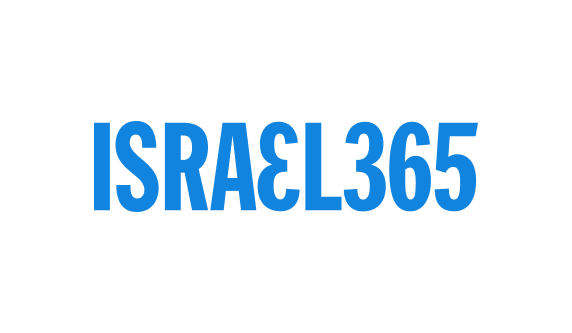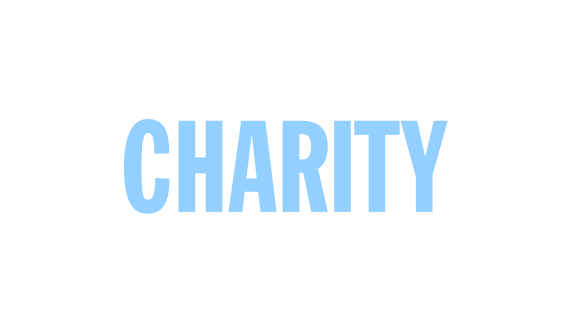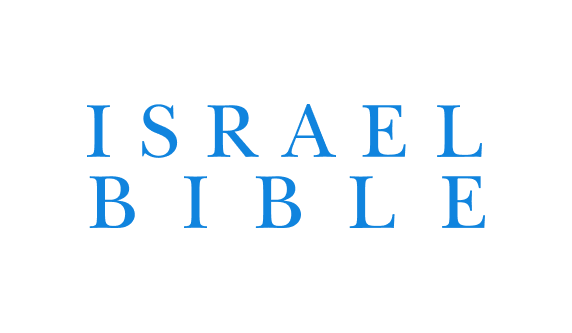In 1936, the Peel Commission questioned David Ben Gurion, then head of the Jewish Agency, concerning Jewish rights to the Land of Israel. “Three hundred years ago, a ship called the Mayflower set sail to the New World,” the future prime minister reminded the British officials.
“This was a major event in the history of England and America. But I would like to know: Is there a single Englishman who knows the exact date and hour of the Mayflower’s launch? How much do American children — or grownups — know about this historic trip? Do they know how many people were in the boat? Their names? What they wore? What they ate? Their path of travel? What happened to them on the way? Where they landed?
“More than 3,300 years ago,” Ben Gurion continued, “long before the Mayflower, our people left Egypt, and every Jew in the world, wherever he is, knows what day they left. And he knows what food they ate. And we still eat that food every anniversary. And we know who our leader was. And we sit down and tell the story to our children and grandchildren in order to guarantee that it will never be forgotten.”
A few times a year, the haftara establishes the theme – and the name – for the entire Shabbat. The Shabbat before Tisha B’Av is called “Chazon” and the one between Rosh Hashana and Yom Kippur is referred to as “Shuva” since both appear as the first words of the haftorot. Similarly, it is said in the name of the Maharshal, that Shabbat Hagadol gets its name from our haftara (Malachi 3:4-24).
The last prophet of the Neviim concludes his sefer with the following grandiose declaration: “I will send the prophet Eliyahu to you before the coming of the awesome (“gadol”) and fearful day of the Lord” (3:23). This verse contributes the name for Shabbat Hagadol not merely as a play on words, but because our haftara provides an essential backdrop for the upcoming chag haPesach.
The end of days to be heralded by the prophet Eliyahu are not described in any immense apocalyptic terms. Rather they will usher in the most private kind of peace and tranquility, “he shall turn the heart of the fathers to the children, and the heart of the children to their fathers” (v. 24). The Jewish vision of redemption calls for generational cohesion and for celebrating God’s salvation together as a family.
Despite the hardships of slavery, the Jewish people left Egypt as families. Future generations would see Jewish households reliving these events by joining together to partake of the Korban Pesach as a family.
The theme of Lador Vador, appears earlier in the haftara as well. “Be mindful of the teaching of My servant Moshe, whom I charged at Chorev with laws and rules for all Israel” (v. 22). Regarding the experience of Chorev, the Talmud (Kiddushin 30a) teaches, “He who teaches his grandson Torah, it’s as if he had received it direct from Har Sinai, as it is said (Devarim 4:9-10) ‘and make them known to your children and your children’s children the day that you stood before Hashem, your God, at Chorev’.”
Great, historic events are meant to be shared as a family. The miracles of Yetziat Mitzrayim, the taking of the Korban Pesach, the giving of the Torah at Har Sinai, and the great and awesome day of Hashem, must be transmitted from the older generation to the younger generation.
Indeed, this lesson of transmission may be found in the first usage of the term “gadol” found in Breishit (1:16): “Hashem made the two great lights (“Meorot Hagedolim”), the greater light (“Hameor Hagadol”) to dominate the day and the lesser light to dominate the night.” Rav Soloveitchik suggested that the sun is called “gadol” because it transmits its own light, while the moon is called “katan” because it does not generate its own illumination, only reflecting the sun.
Shabbat Hagadol teaches us that we are to pass along the great events of our history and the miracles Hashem has performed for us from one generation to the next. David Ben Gurion reminded the Peel commission that every Jew knows when we left Egypt, what we ate, and who our leader was. Our own generation has been blessed to experience historic events on a biblical proportion with the revival of the Land of Israel. On Pesach, we have the great privilege to transmit these modern miracles to our children and grandchildren as well.
Rabbi Tuly Weisz is the director of Israel365 and editor of “The Israel Bible,” and Rabbi Dr. Ethan Eisen is a psychologist and a rebbe in Yeshivat Lev Hatorah. Please send comments to Haftarah@TheIsraelBible.com






